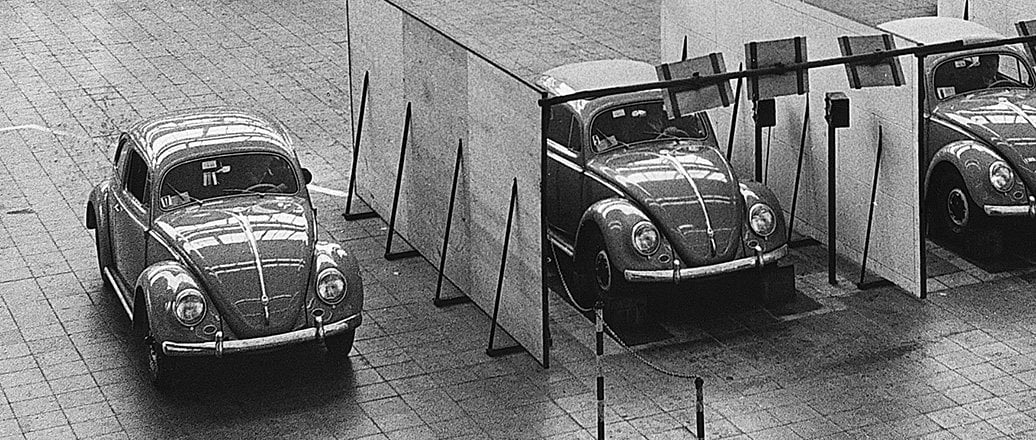The dream of an affordable and reliable car for ordinary people has been a driving force throughout automotive history. Henry Ford took a giant step with his Model T, but it was Ferdinand Porsches Volkswagen that brought a car within the reach of the man on the street. A fact that is not widely known is that magnesium from Norsk Hydro is one important ingredient in the Beetle.
Porsche had decided as early as 1934 to build an inexpensive and reliable car – a car for the people – that everyone could drive. During the war years, the Volkswagen design was used as a light military vehicle. The Volkswagen prepared for the market before the war had an entirely different chassis, but otherwise the military vehicle and the civilian model were identical.
The engine and gearbox were installed above and behind the rear wheels. This required the drive system to be light weight so that the front wheels gripped the road adequately. The engine was air-cooled, and magnesium was the natural material choice for the engine block and gear box. In this connection, Volkswagen built a modern magnesium foundry at Kassel, Germany.
Both the foundry and the parts produced attracted attention and came to epitomize modern, rational car-part production in the western world. A close cooperation developed between Volkswagen and Hydro. A small car and a light metal – produced from rock, water and heat – joined in a strong and enduring alliance.
Magnesium from Porsgrunn
Hydro constructed a large magnesium production plant at Herøya, near Porsgrunn in Southern Norway, at the beginning of the 1950s; it was literally built up on the ruins of facilities bombed during the war.
After a cautious start, production grew steadily to a maximum 50,000 tonnes per year. By 1965, production was up to 23,500 tonnes. Some 75 per cent of magnesium sales went to West Germany, and Volkswagen was by far the largest customer.
Around 20 kilos of magnesium was used in each car, and half of this came from Porsgrunn. Deliveries were so large during these years that Norway had a trade surplus with Volkswagen, despite high imports of the popular Beetle. Volkswagen was also a sizeable customer of Norwegian shipping services.
36 million cars for the people
When Beetle production was moved to Brazil in 1980, some 36 million “cars for the people” were being produced each year. From 1951 to 1981, Volkswagen purchased 60 per cent of Hydro’s total magnesium production. The collaboration continued until 1990.
In recent years, several other car makers have also started to use magnesium; no longer just for engine blocks, but now for a range of car parts, where magnesium’s low weight, ductility and strength are put into play. Hydro is also actively involved in developing magnesium applications in car bodies, for example through the company Meridien Technologies.
A significant part of magnesium production is for the aluminium industry, where it is used as an alloy additive.
International challenges
Despite Hydro’s leading role in developing magnesium technology, the company decided in 2002 to close its production plant at Porsgrunn and instead concentrate on further developments of its facility in Becancour, Canada, built in the early 1990s. It also established access to metal in China.
The supply of cheap magnesium from China has led to significant changes in the magnesium industry in recent years. Prices have plummeted and competition has sharpened for western producers. Diminishing profitability was also one of the reasons behind the decision to close magnesium production in Porsgrunn after 50 years of operation.
Updated: August 18, 2020








